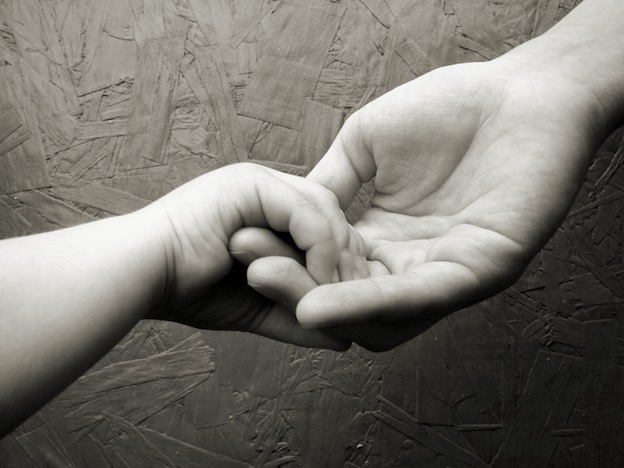SingaporeMotherhood | Parenting
January 2014
Teaching My Kids about Stranger Safety

Tragic happenings out in the world have prompted me to reflect on life, family, and protecting my children. As my growing kids spend more time apart from me, there are so many things I want to teach them about strangers and staying safe and resilient in an emergency situation.
The traditional advice about ‘not speaking to strangers’ is no longer relevant, unhelpful even, in the world we live in now. How do I find that balance so that my children stay warm and open towards other people, while protecting themselves from potentially dangerous individuals?
[banner][/banner]
How do I teach my kids that many, many people they meet will be wonderful and loving, although a very few may have evil intentions on their minds? And how do I cope with my own emotions when I think about the craziness out there, without passing on my sense of distrust and sadness onto my children? After all, I do not want them to lose faith in the goodness of those around them.
For me, the most important thing about stranger safety is teaching kids to honor their feelings. If a person or situation does not ‘feel right’, it’s crucial that they listen to that inner voice. This is an extension of my parenting style. Listening to my kids, acknowledging their feelings, and labelling emotions such as fear or frustration, all help kids to tune in to what their instincts and feelings are telling them.
A ‘stranger danger’ guideline sometimes taught to children is to run away, defy, strike out at or injure a stranger if they feel afraid for their own safety. Running away and defying adults are great options but what about striking out at someone when they feel threatened?
I believe in teaching children to be assertive. In communication-skills handbook People Skills, communication educator Robert Bolton explains that every individual has a unique physical, psychological and values space.
Within this space, we exercise our own rights and individuality, and expect others to respect our physical territory and our ‘own person’. Asserting ourselves means protecting this personal space. Assertiveness is different from aggressive behaviour. Aggression is expressing our needs, feelings and ideas while encroaching on someone else’s personal space.
Simply put, this means recognising when our rights are threatened and standing up for ourselves. It also means respecting others’ rights. Being assertive helps kids navigate interactions with strangers, relationships with siblings and friends, bullying scenarios and online interactions.
Modelling assertive behaviours and discussing day-to-day situations that your child encounters on the schoolbus or while waiting in line at the school canteen are ways you can teach assertiveness. Assertiveness is also linked to self-esteem; build up your child’s self-esteem so that he feels good about who he is and what he has to say.
Disconcertingly, I often see how children are expected to obey and comply at school, at the stores, and out at the park. In Singaporean society, not complying is perceived as being defiant. Children are taught that adults are authority figures to be respected and trusted. I wonder how we, as parents, are to deal with this mixed messaging directed at our kids. After all, we know all too well that many adults are ill-deserving of children’s trust.
Safety experts agree that children are more likely to be harmed by someone they know than by strangers. If any adult asks your child to do anything suspicious, like disobey his parents or do something without permission, he should say “no”, run away, yell loudly, and tell a trusted adult immediately, says the US based National Crime Prevention Council (NCPC).
It is also important that your child knows that many strangers are not dangerous, and that he knows how to ask for help. This first involves your child being able to identify ‘safe’ strangers. The National Crime Prevention Council (NCPC) describes ‘safe strangers’ as policemen, firemen, and teachers. Other educators suggest approaching women or mothers for help. This sort of stereotyping does not sit comfortably with me, but it gives kids a way to make a quick decision.
While your child may find it hard to reach out for help, remind your child that asking for help is a responsible and mature way out of a problem. Model asking for help and relate your childhood experiences of seeking and receiving help. Explain to your child that if he asks for help, he will not be ‘bothering’ anyone.
I am tremendously sensitive to hearing about children being hurt or victimised. I carry a huge burden and grieve for what humanity is losing everyday. Yet I try to debrief my own feelings and thoughts, reflecting objectively and reining in insecurities with a trusted friend or my husband. It helps to keep in mind the vision of the peaceful, loving and safe childhood I want for my kids.
Preserving my children’s innocence in today’s confusing, and often harsh, world involves large amounts of parental warmth, grounded in a sense of realism and courage.
All content from this article, including images, cannot be reproduced without credits or written permission from SingaporeMotherhood.
Follow us on Facebook, Instagram, and Telegram for the latest article and promotion updates.






